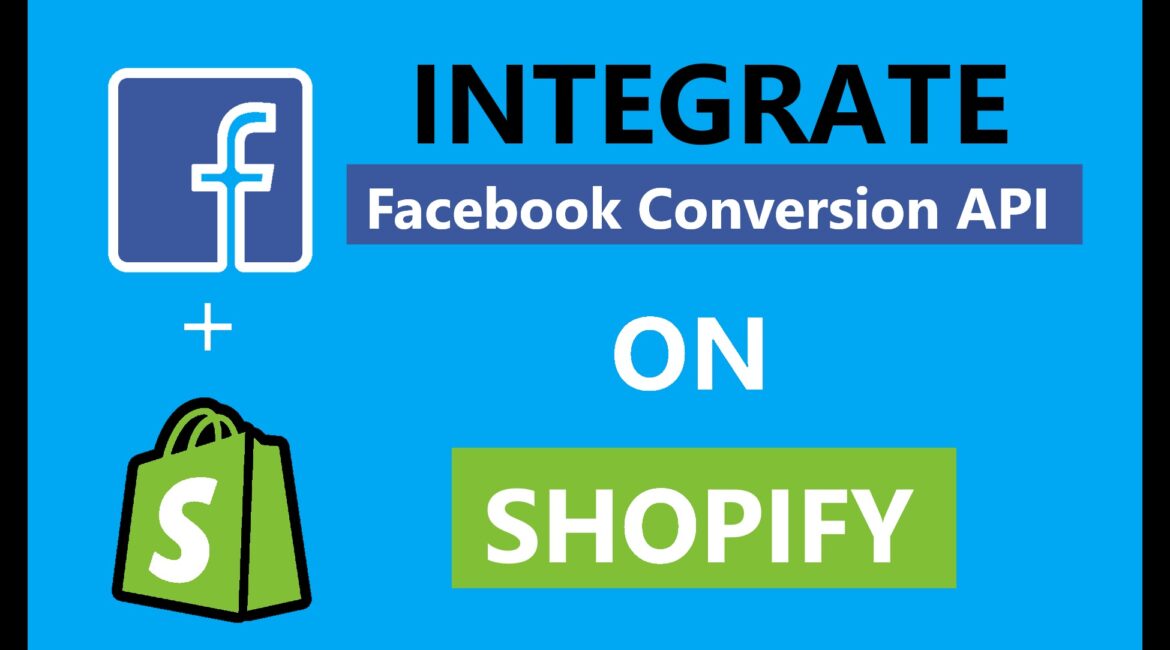Integrate Facebook conversion API on Shopify
Like many emerging business owners and marketers, you may be looking for new tools that can help you to work smarter rather than harder.
Shopify’s Conversion API will allow you to sync important data between your Shopify and Facebook accounts which you can analyse to improve your marketing strategy.
As Facebook Pixel has lost its power due to privacy policies, it is not working properly. It pulls data from a user’s browser using cookies, unlike the Facebook Shopify Conversion API, which uses a server.
So, what’s the catch? Well, may it be causing confused you. That is why we are here! In this article, you will find a clear guide to download this API and make the most of it by posting all kinds of events on your Facebook Pixel on Shopify manually.
If you’ve been following our posts and contacting people recently, you may have noticed a large amount of content in the Facebook Conversions API. In this post, we want to share the first Conversions API communication in front of your Shopify store.
Conversions API is an additional way to track user activity and events in a Facebook pixel. Think of it as a safety net to ensure that you do not lose track of accuracy as we face a damaged pixel world. Google and Apple limit browser cookie interaction, so setting a tracker on the server side is important in the future, from now on.
Congratulations to all of you Shopify store owners, some of the Indigenous Conversions API integration came from the e-commerce CMS giant. The Facebook app within Shopify has been around for pixel, but the option to open the Conversions API is new from October 2020.
There are currently 3 different options for customer data sharing Facebook :
General: General uses Facebook Pixel, a third-party cookie that collects and shares customer browsing behaviour in your online store. Browser-based ad blockers may prevent the pixel from collecting data.
Advanced: Advanced uses Advanced Matching, which shares personal information about your customers, including name, location, and email. This pixel also shares customer browsing behaviour in your online store. Browser-based ad blockers may prevent the pixel from collecting data.
Dimensions: Multiplicity includes all data sharing options to achieve the highest number of clients. It uses the Conversions API, which shares data directly from Shopify servers to Facebook. This means that data cannot be blocked by ad blockers.
If you would like a step-by-step guide in this article, we have made an article on how to link Facebook and shopify below.
Also check out our Digital marketing services for your business.
Let us begin guide on How to integrate Facebook Conversion API on shopify:
- First of all Enable Shopify as a partner:
- Navigate to https://business.facebook.com/
- In the sidebar on the left side of your screen, click the hamburger (three rows stacked on top of each other marked as Extra Tools).
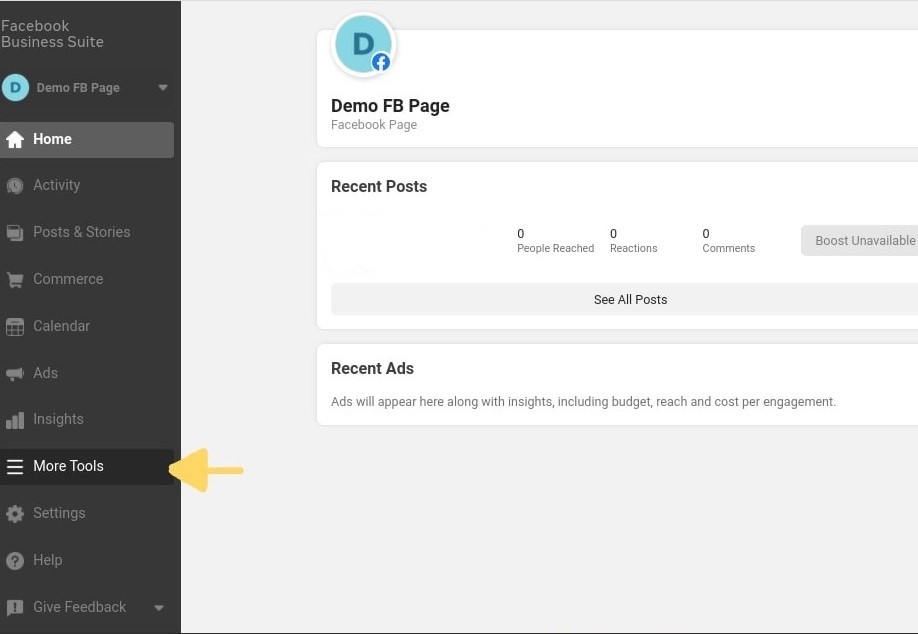
- When you open the side hamburger bar, click Event Manager.
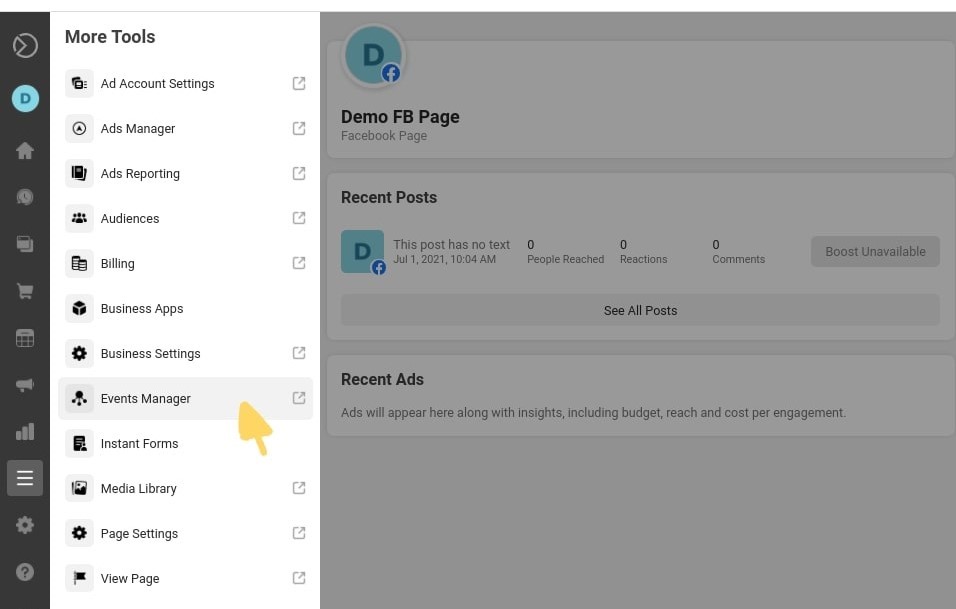
- Unlock your settings in Facebook events manager. This is where the magic happens!
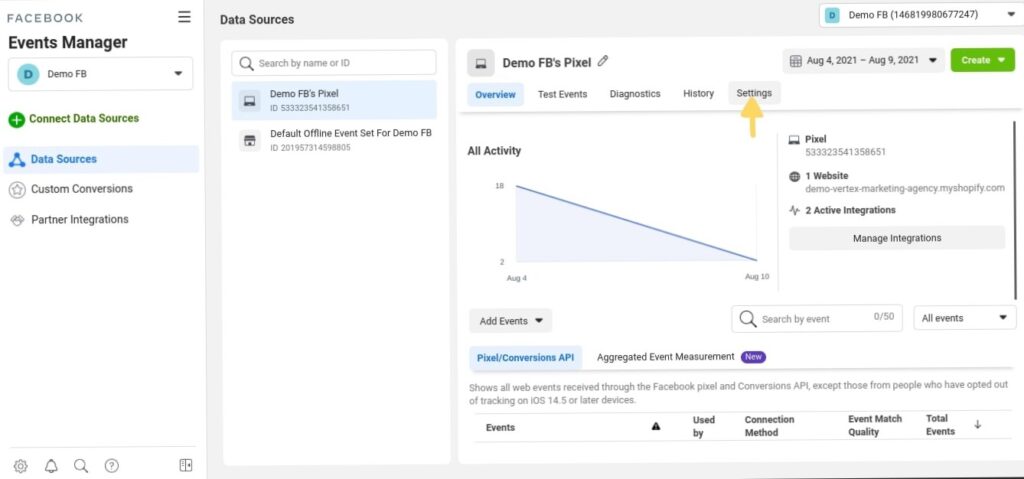
- Scroll down to open Advanced Matching.
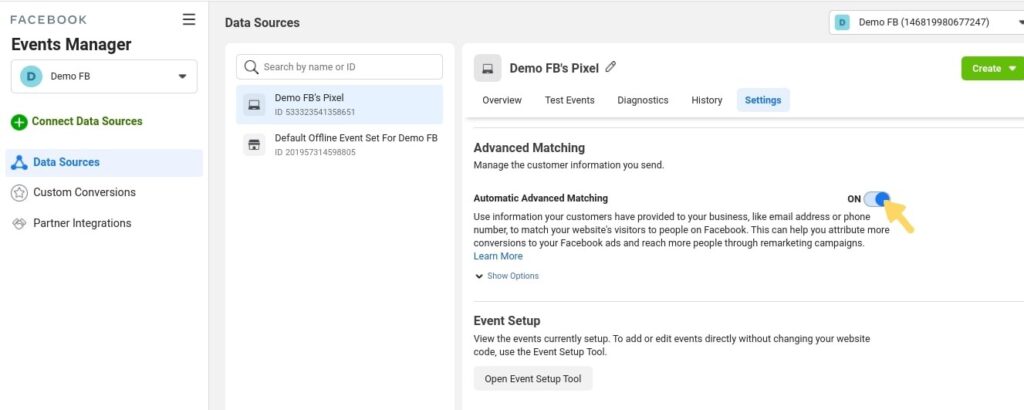
- Scroll down to the conversion API and select a partner. You will want to delete any current partners if you have them, select Shopify and click the end button.
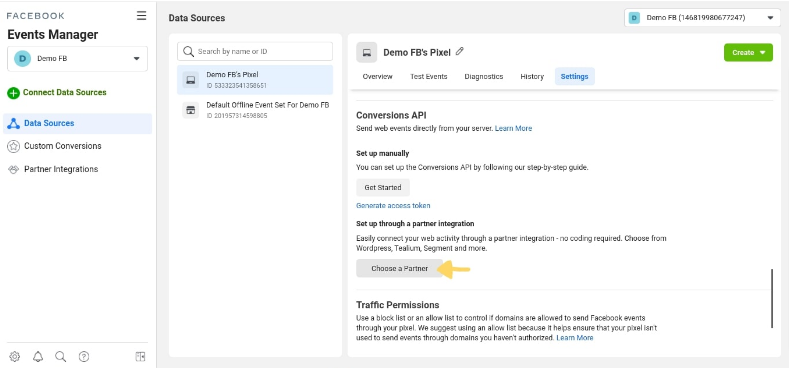
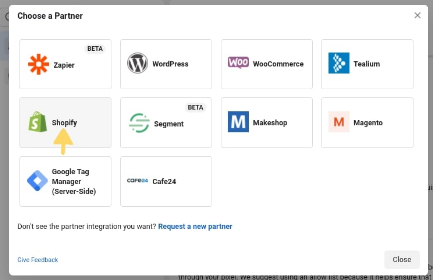
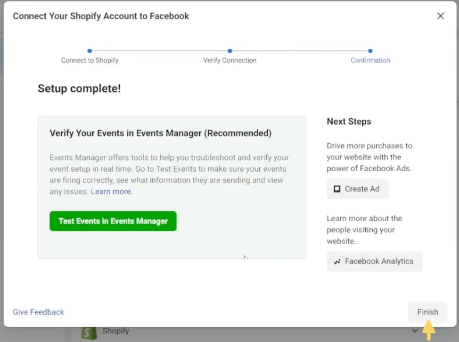
- Install the Facebook App on Shopify
After that you will need to go to your Shopify store and log in to your dashboard. Then follow these steps:
- Go to the apps and click on the App Store.

- Type Facebook in the search bar. You will get several results for that question, so check out the Facebook Channel and click add app.
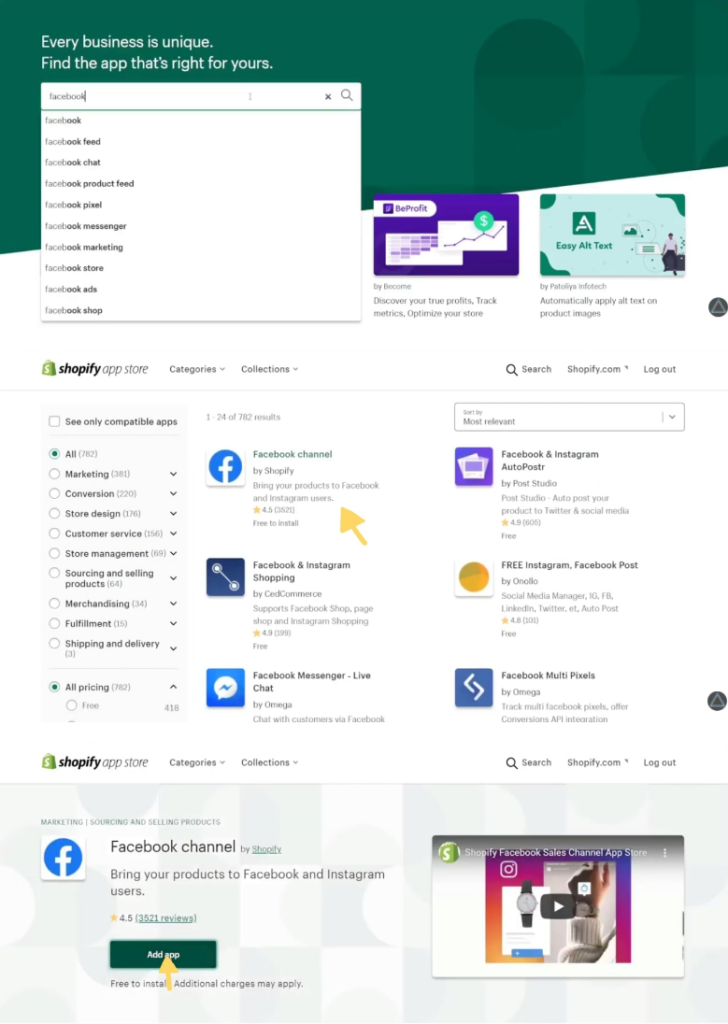
- Once the download notification page appears, scroll down and click add channel for sale.
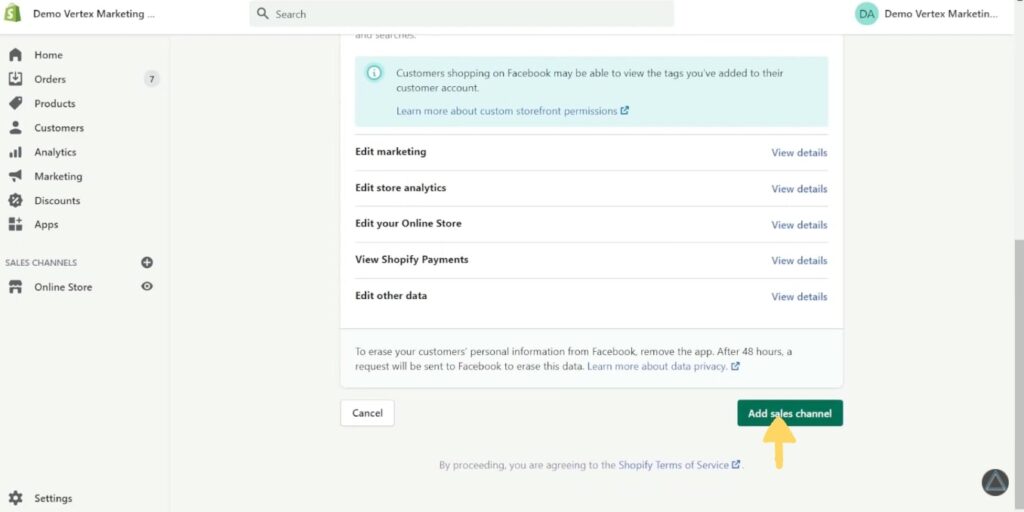
- Establishment of Facebook and Shopify integration
The next page brought will look like this
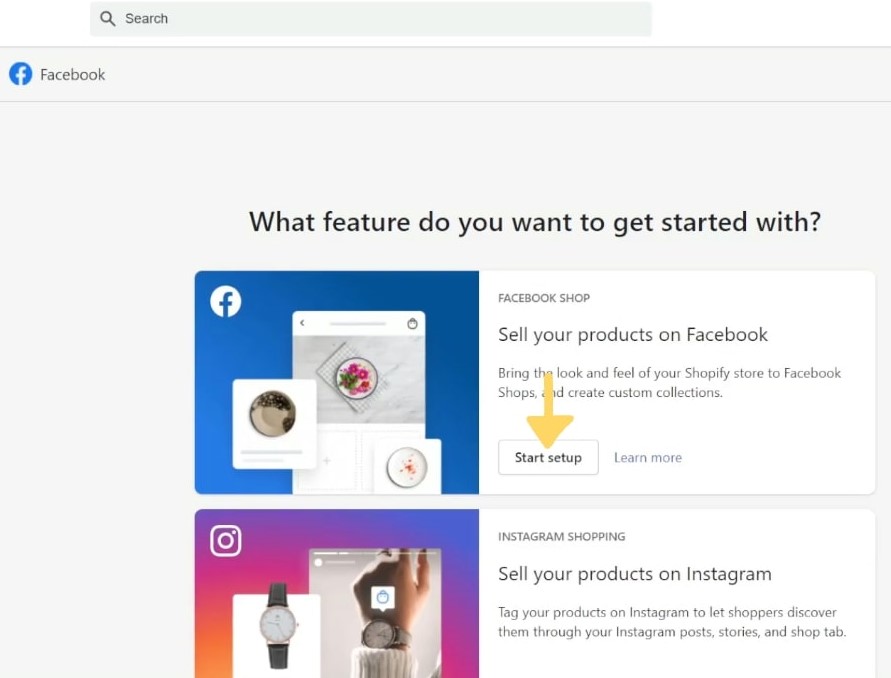
You may already have the downloaded app when you see the thumbnail and the sales channel.
If you have succeeded so far, congratulations! You have greatly installed Facebook app on your Shopify.
Now, we have to stop it; click the start setup button.
- Click connect account and testify your Facebook account with password. You will then allow Shopify to access everything you need to continue setting up (by granting permission).
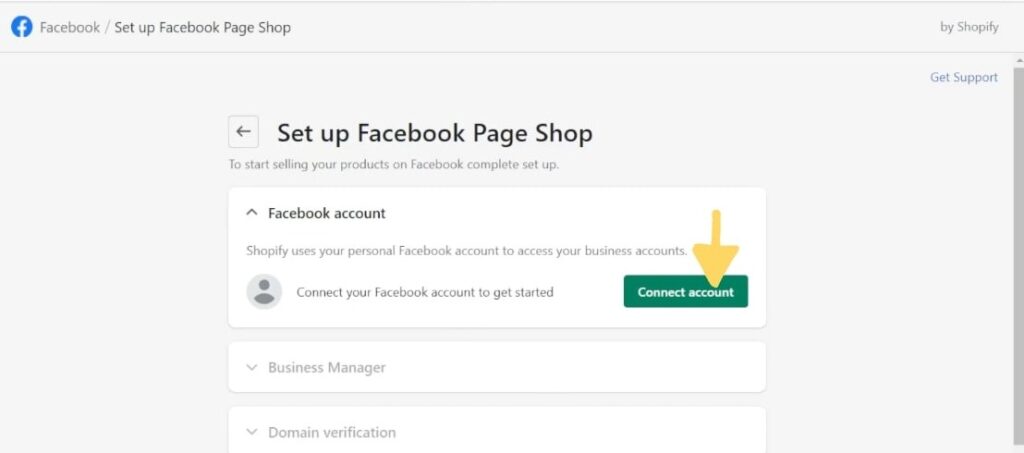
- Contact your business manager by selecting the account you want.
- Under Domain Verification, enter your domain and hit confirm confirmation and press confirm.
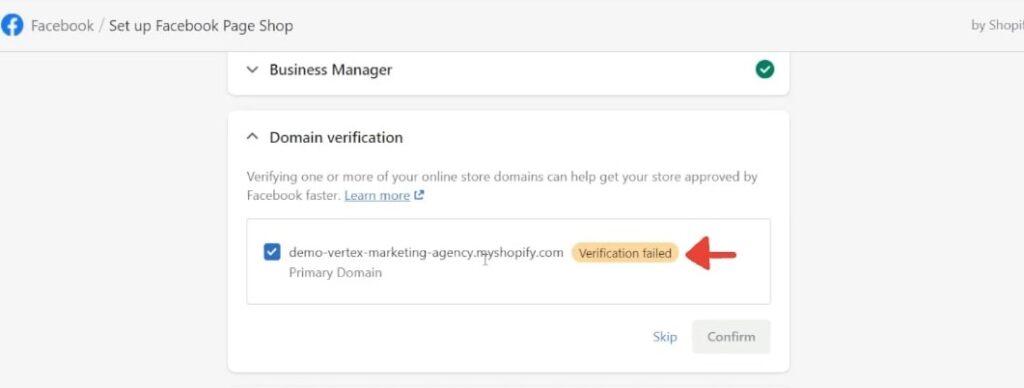
Yes, your domain must be verified: This will ensure that no one uses your Google domain and service without your permission. You will also be able to send emails @ yourdomain.com (for example).
Google requires you to verify ownership of your business before you can sign up for cloud ownership.
- Connect your page of Facebook (In this case we used demo page)

- Going to the Data Sharing section, it will ask you to select a level. Select Top, as it uses the Conversions API. This is the purpose of the whole article.
You can able to access data directly from Shopify server to Facebook server.

Top setting: Explained
At this point, you might think: “That’s nice! We post events. Wait … what events do you share? Does it only send purchases from Shopify to Facebook?”
Until recently, yes. In an email from their support team, shopify explains that you can now track all six common Pixel events between platforms and JavaScript using a browser.

They still need to update their documentation in the API with this information, which can lead to confusion.
Through our customer experience, events have been successfully transferred from the browser and server.
However, we have noticed some difficulties with integration, so make sure everything is enabled and shipped correctly. Pay attention to any error messages.
- Connect a Facebook Commerce Account. If you do not already have one, click the button to create it.
- Go through the Terms and Conditions and accept it.
And finally, DRUMROLL PLEASE,
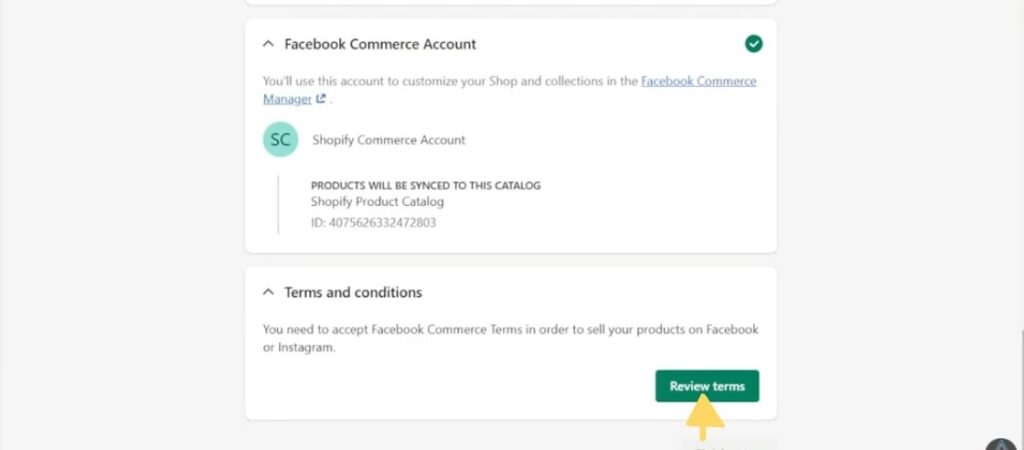
- Click on complete set and give yourself one person at the top! (We recommend against this practice if you are in an internet cafe, park, or anywhere in public, as people might think you are crazy).
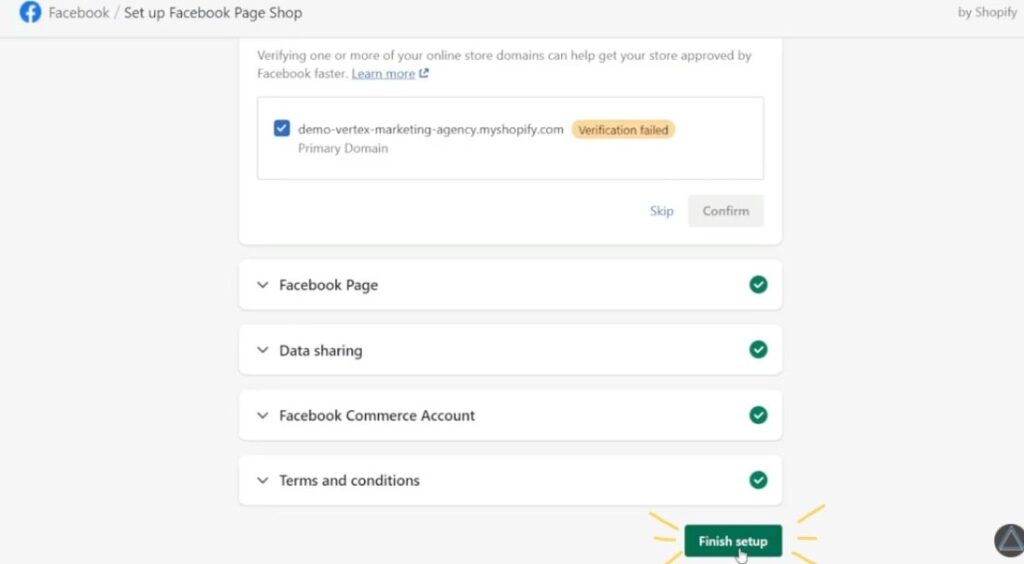
Here we have covered latest guide on how to integrate Facebook conversion Api on shopify, let us discuss some stats here:
Shopify sales statistics at a glance
- Shopify as a company posted a total revenue of $ 4,611.9 million for the full 2021 year – a 57% increase over revenue by 2020.
- In 2021, Shopify retailers sold $ 175.4 billion for Shopify — a 47% increase from 2020.
- Shopify increases its revenue almost three times since 2019. The past two years have been a huge success for the company.
- Shopify the global platform sales are estimated at $ 200 billion to date.
- More than 50% of Shopify stores see repetitive purchases.
- 62 million consumers have purchased at the same Shopify store twice – that is 14% of the total number of consumers.
- The average income for a Shopify customer by 2020 was $ 72.
- Only a fraction of eCommerce stores that use Shopify run active online businesses.
- The holiday shopping season is key for Shopify sellers: November is the most successful month for Shopify sellers, while December is the lowest.
- At 4.29%, Shopify ‘s highest conversion rate comes from email, followed by search (3.04%), direct (2.93%) and social (1.81%).
- 79% of all traffic to Shopify is driven by mobile devices, and 69% of all traffic orders come via mobile.
- More than 60% of Shopify’s social media platform visits come from Facebook.
- The 1.75 million retailers operating at Shopify have contributed Rs 319 million to global economic activity.
- By 2020, Shopify businesses have created $ 307 billion from the global economic impact and supported 3.6 million full-time jobs worldwide.
- As of Q1 2022, Shopify as a business is estimated at $ 86.27 billion.
Frequently asked questions
1. Are there any requirements for the ad campaign preparation to use the audience?
No, you can stop your ads in any way you choose.
2. Can I use Shopify audiences to create a Facebook-looking audience?
Yes. Because consumer ownership of the same-looking audience is shared with your Shopify manager, you need to use Facebook reporting to get an audience like these.
3. Do I need to open the Conversion API on the Facebook marketing channel to use Shopify audiences?
No, Conversion API is not required to use Shopify audiences.
4. Why is Return on Ad Spend (ROAS) not included in Shopify Audience Reports?
Because there is no way to accurately associate the use of ads with the audience, the return on your use of ads is not calculated by your Shopify manager. To calculate ROAS, you can use Shopify sales data and the number of ads spent on your Facebook ad account.
5. Why Shopify Audiences report data different from Facebook ads report data?
Shopify Audience reports use a different data model than the model used by Facebook ads. Because data are calculated in different ways, reports show different results.
6. Why is the total number of orders not equal to the total number of top products sold?
Because each order can contain many products, the total number of orders usually varies from the number of top products sold.
In this blog we have presented you latest guide on how to integrate facebook conversion api on shopify. We hope it will be useful for you.
Have some time? checkout our Facebook and LinkedIn pages for more useful guides.

